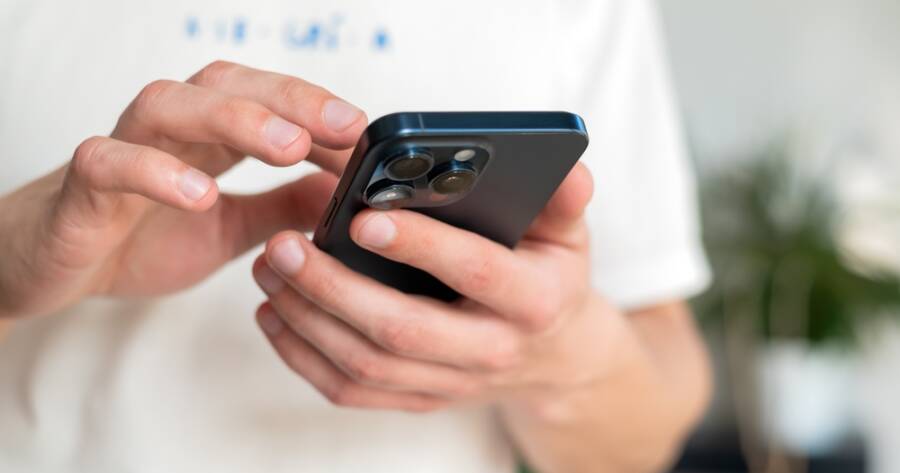In the telecommunications landscape, numerous programs aim to ensure connectivity for those facing financial challenges. Government initiatives offer complimentary cell phones to eligible lower-income individuals and families. These programs can help close the digital divide.
Cell Phones For Low-Income Families
The United States government offers several programs that provide low- and no-fee cell phones to eligible low-income individuals and families.1 These programs aim to bridge the digital divide and ensure that everyone has access to essential communication services. The three primary programs have been Lifeline, the Affordable Connectivity Program (ACP), and the Emergency Broadband Benefit (EBB) for the last few years.
Lifeline is a federal program that provides a discount on monthly phone service for qualifying low-income consumers.2 The program is available to qualifying households with incomes a certain amount below the federal poverty level or who participate in certain government assistance programs, such as the Supplemental Nutrition Assistance Program (SNAP) or Medicaid. Lifeline discounts can be applied to either landline or wireless phone service.
How the Lifeline Program Helps Families Stay Connected
The Lifeline program could be a valuable resource for families struggling to afford phone services. It might provide a monthly discount on either landline or mobile phone bills. Those who qualify may enjoy reduced rates, making essential communication services more accessible. Eligibility typically depends on income or participation in other government assistance programs.
Benefits of Government Phone Assistance Programs
These types of government programs could offer significant benefits to qualifying households. They help ensure access to vital communication services, regardless of financial challenges. By lowering the cost of phone and internet services, families might be able to stay connected more easily. These programs aim to bridge the digital divide and improve access to essential resources.
Income & Program Eligibility
Eligibility for these types of programs is usually based on household income or participation in certain government assistance programs. The income limits for these programs are adjusted annually based on the federal poverty guidelines. For more information on eligibility requirements and how to apply for these programs, you may want to do some online research and reach out to government agencies — local and federal.
How To Apply for These Programs
Applying for these programs may seem overwhelming, but it’s generally a straightforward process. You might need to provide proof of income or participation in other government assistance programs. Many people find the application process simple when they follow the provided guidelines. It’s worth checking your eligibility, as these programs could offer significant savings.
Exploring Other Local Assistance Programs
In addition to federal initiatives, some local programs might also provide support for affordable phone services. These programs could offer similar benefits, helping individuals stay connected at a lower cost. Local governments and nonprofits may have resources that are worth exploring. Taking the time to research available options might lead to additional savings.
Learn More Today
Government programs can provide valuable opportunities for low-income families to access essential communication services. These initiatives aim to close the digital divide by offering affordable or no-fee cell phones to those who qualify, helping ensure that everyone, regardless of income, can stay connected. If you’re looking for more information on eligibility or how to apply, it’s worth researching further or contacting relevant agencies.
